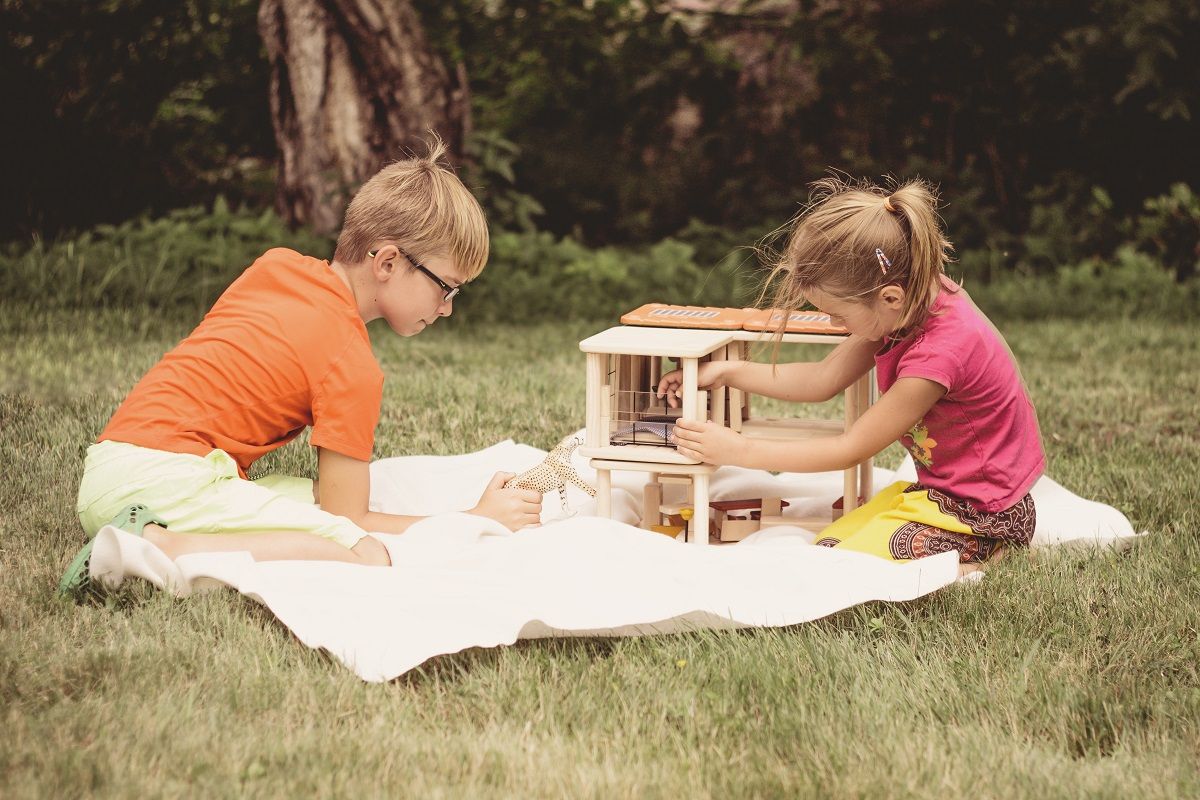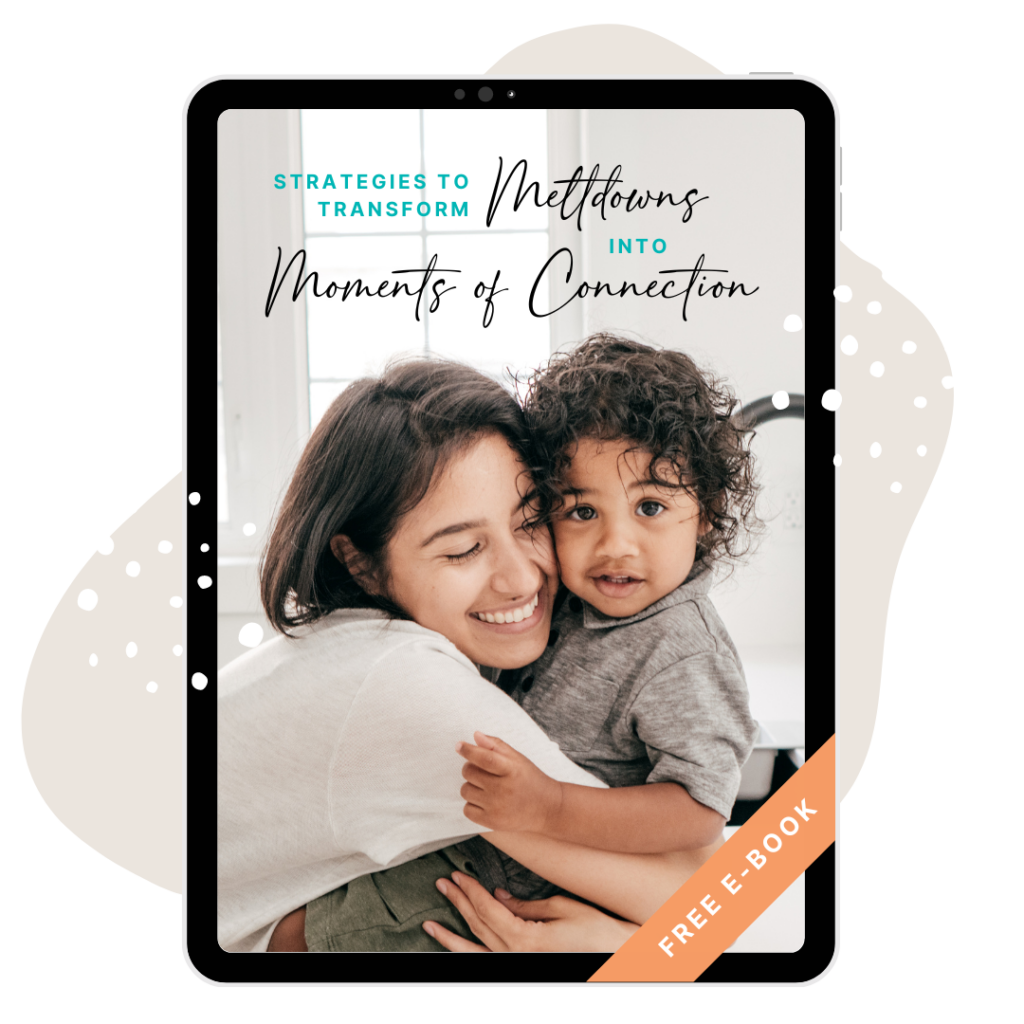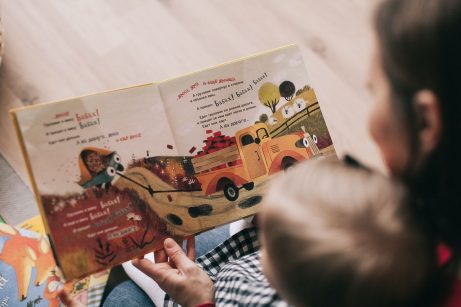Parenting Siblings

How to best encourage a loving and harmonious relationship between siblings is one of the most pressing questions for many parents of multiples.
This is the fifth in our series on communication, Speaking the Child’s Language.
Welcoming a second (or third, or fourth…) child is a major event in the life of a family. On one hand, parents might feel a bit more confident than when they were expecting the first, as they’ve “been there once already”. On the other hand, there is a brand-new dynamic in play: that of the relationship between the children themselves. Will they struggle to live together? Will they love each other and enjoy each other’s company? Will they fight or argue?
Chances are, they will do all those things in abundance. Dr. Montessori might caution us to remember that each child is a unique human being, a universe of potentiality; in a relationship of such closeness and intimacy as siblings share, there is potential for great love and mutual support as well as for fierce clashes and frustration.
Dr. Montessori, as well as my teacher trainer later on, encouraged us to view the household and the family as not only a unit of society and its first approximation to the child, but as a community in itself – one whose function it is to take care of and enrich all of its members. This duty and privilege to love and support each other is mutual to the child and parent, younger to older sibling, the couple to one another and so on. The more people in our orbit, the greater the complexity of our familial relationship, requiring more of us in terms of social skills, tolerance and adaptation but also offering more rewards when we get it right.
The Prepared Environment
If you’re used to the Montessori concept of the prepared environment, it might be helpful to break it into the three more components to ready in regard to parenting multiples: yourself, the sibling child, and the home.
Even the most excited expectant parents might have a lot of mixed or downright negative feelings to wade through. Some have bad memories of sibling conflict from their own childhood, some may feel guilty that their choice to have more children was hurtful to the older one, or worry they are not parenting the siblings fairly. More painful emotions may be awakened by witnessing their children fighting or hurting each other. Such feelings may not always be rational, but they are always real and valid. Parents would do well to acknowledge and process them in a safe and understanding environment, with friends and loved ones or with each other, offering themselves as much kindness, care and attention as they would give their children.
Children, too, will likely have conflicting feelings about each other, both before the arrival of a younger siblings and throughout their life together: joy and frustration, excitement and anxiety, love and anger. Don’t underestimate even a young toddler’s capacity for complexity of emotion! Such feelings should be gently and tenderly acknowledged, described, discussed and reassured as much as developmentally possible, first before the birth of a younger sibling and throughout childhood as well. A common mistake is to deny the more negative emotions, insisting that children express only love towards one another at all times. Children react differently to such suppression and rejection of their emotional life, but never in positive ways.
In preparing the home environment, parents always need to continuously evaluate the changing development and needs of their child, and this only becomes more complex with multiple children; however, it is not an insurmountable task. Make sure that both children have appropriate spaces just for themselves, with a selection of developmentally appropriate activities – this can be a room of their own or even just a private corner in a shared living space. Especially when the younger child is a crawling baby or young toddler with the accompanying destructive capacity, it is important that the older child has a place to engage in uninterrupted play or to hide treasured possessions out of reach for the little one. This is a time when even Montessori teachers may recommend a playpen – around the older child’s private space! Remember that this extremely challenging phase is temporary – as the children get older and their developmental differences become less pronounced, this division of their private spaces will become less physical and more symbolic.
However, there should also be, from the very beginning, a spot to meet in the middle: a space where children can play comfortably alongside each other and later on, together.
Encouraging the Sibling Relationship
Remember Dr. Montessori guidance that the best way to teach is by showing and modeling, and the best way to learn is by doing. As such, don’t expect your children to somehow magically or naturally know how to be together; instead, show them how you expect them to treat each other, and give concrete examples of ways to play and enjoy each other’s company.
Before the arrival of a new baby, enlist your older child’s help in preparing the home for them, and then later in caring for them: show them how to be gentle with the baby, how lovely can it be to cuddle and smell the new baby’s hair. Channel their interest in the little one in positive ways, like helping to ready the bath or reading books to them. But here as well as in the future, strive towards an attitude of cooperation, first with you and then with the younger child when the older sibling helps them directly; avoid putting the older child in a caregiver or even a parental role to the younger one. Although he is more mature and more capable, he is still a child; and setting him up for a dominant position can give rise to a lot of conflict later on. Once the younger child is a toddler and older, she too should be guided to help and cooperate with the older sibling, even just by fetching things or participating in various practical life tasks for his benefit.
As the home itself, also the parents’ relationship and time with the children should balance togetherness and privacy. Daily family time should ideally include at least one meal for which everyone is present, group work (such as cleaning up the living space together) and play and relaxation (from board games to story time to outing in the park. At the same time, one on one, quality time with each parent (or other important adult in their life) is crucial for each child in the home. Even just a handful minutes every day, from walking the dog together, bath time with a younger child or a private cuddle before bed, can be invaluable in supporting both the parent-child bond and the child’s individual development, and encouraging overall harmony in the home. This should be a time where the child can engage in a very mutually enjoyable activity with the parent, has their full attention, and also the opportunity to share their innermost feelings or worries without fear of judgement or repercussions.
Always, avoid comparing your children. Although it may feel harmless or natural, assigning various labels and stereotypes (even positive ones!) can do a lot of damage to children, and doubly so when they contrast and compare siblings (“she is such a cuddle bug, but he only wants to play rough”, and so on). This does not only mean in front of the children themselves – speaking a certain way about a child shapes our attitude and behaviour towards them, plus you should never underestimate what your child may overhear or pick up on.

Discover practical, easy-to-implement strategies to gently navigate your child’s emotional outbursts, while maintaining your own sense of calm.
When Conflict Happens
Some amount of conflict among children is inevitable – and healthy. As much as siblings share, they are always distinct individuals with their own preferences, capacities and goals – and at the same time are children, and therefore learning how to live with one another and balance their peers’ needs with their own. Their necessary closeness in the home sometimes just means more opportunities to clash and butt heads.
Focusing on conflict as a learning opportunity might also alleviate some of the frustration and pain that the parent might feel as a result of witnessing their children fighting. The important point for parents to remember is that togetherness, flexibility and conflict resolution are skills that their children must practice and master – just as they once practiced and mastered walking. That included a lot of bumps and falls, and although parents served as models and provided help and encouragement, the bulk of the work belonged to the child.
In the same way, parents should provide help and encouragement to their children learning social skills; but they must also step back and allow the children to do their work. They should set the basic boundaries – for example, that hitting or biting one another is never permitted, and will result in swift separation and removal of whatever the children were fighting over; they should feel free to share with their child their hurt and disappointment when these boundaries are crossed, and emphasize that this hurt comes from the love and care they have both children.
The parents’ job here is to model, guide and encourage productive conflict resolution strategies. For example, rather than delivering a judgement on whose turn is to have the ball, you can lead the children to identify the problem (they both want to play with the ball) and guide them towards deciding, themselves, on a mutually acceptable compromise (they can take turns kicking it, or one can have it before lunch and one after, or they can use a kitchen timer to measure out five minutes each). As your children get more experience solving their problems, it becomes safe and even empowering to refuse to participate in some of their clashes. “I’m sorry to hear you two are having a fight; I’m sure that doesn’t feel good. But I am sure that you can figure it out.”
Do not fall into the trap of fair versus equal treatment. Preschool children and even more so younger elementary students are especially keen on the notion of fairness, but they are more than capable of understanding that “fair” does not have to mean “same for all”. You can point out to children the differences between their capabilities and preferences, explaining to them that a respect and flexibility towards one another’s individuality and differences is the key to “being fair”; that fairness requires asking not equal things of them, but things they are equally able to give. Try to avoid simply framing this difference as the older child “being big” and the younger one “being a baby” – instead, focus on individual characteristics. For example: “you are stronger and can walk much better, and therefore don’t need to sit in the stroller like her”, or “your brother is very gentle and careful with his fragile origami sculptures, and that’s why he can touch them and you may not”.
What do you think, are we forgetting to address something important? Let us know in the comments!
Montessori Beginnings
YOUR ULTIMATE
MONTESSORI PARENTING COURSE
FOR ZERO TO THREE
Gain clarity and confidence in your parenting to raise a resilient, independent and joyful child.


